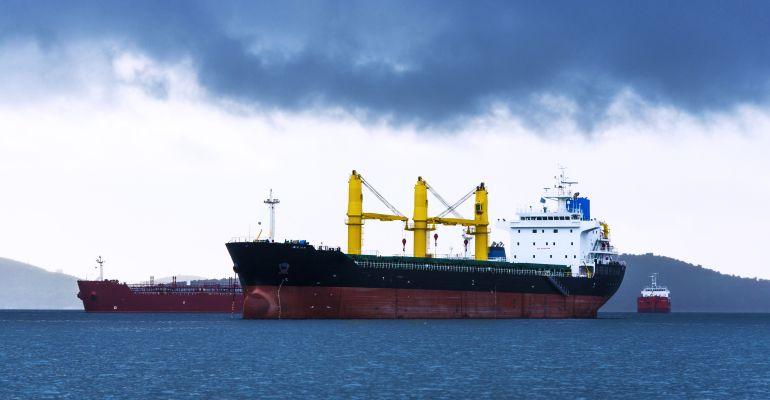According to MSI Horizon’s data, spot freight rates for all bulker benchmarks peaked in early-October and have weakened since, and major cargo groups look set for seasonal declines until the New Year.
The rapid pace of decline in capesize rates is particularly surprising given China imported 107m tonnes of iron ore in October, up 15% year-on-year, with a considerably higher proportion obtained from longer haul sources Brazil and South Africa.
The negative impact on the bulk shipping market include a collapse in coal deliveries to China – 13.7m tonnes in October representing a 27% drop from September and almost half the level in October 2019.
In addition, panamax and handymax demands from US soybeans have touched their seasonal peak and will start to fall.
“Soybean shipments to China in recent months have been very strong, supported by the ‘Phase One’ trade deal in which China plans to import over $36.5bn of American agricultural products in 2020, and this recent strength will serve to accentuate the imminent seasonal decline,” said Alex Stuart-Grumbar, senior dry bulk analyst at MSI.
The second wave of lockdowns in Europe is expected to dent bulk trade, even though the impact will be softer than last time around and will not harm manufacturing and industrial output as much as earlier in the year, MSI noted.
Offering marginal support will be an uptick in coal trade to Europe as the region heads into peak winter demand.
“With iron ore trade also entering a seasonal slowdown, there is little reason to be positive for freight rates as we move towards the new year and we do not expect the changing political landscape in the US to provide much of a positive short term impetus,” said Stuart-Grumbar.
MSI noted that the one positive outlook is the small vessel orderbook, which is at its lowest since April 2004, at 59.2m dwt as at end-October, equivalent of 6.6% of the global fleet. This is set to decline as long as newbuild contracting remains weak. Just 12 ships were contracted in October compared to 26 new orders in the same month of last year.
Copyright © 2024. All rights reserved. Seatrade, a trading name of Informa Markets (UK) Limited.
Add Seatrade Maritime News to your Google News feed.  |

